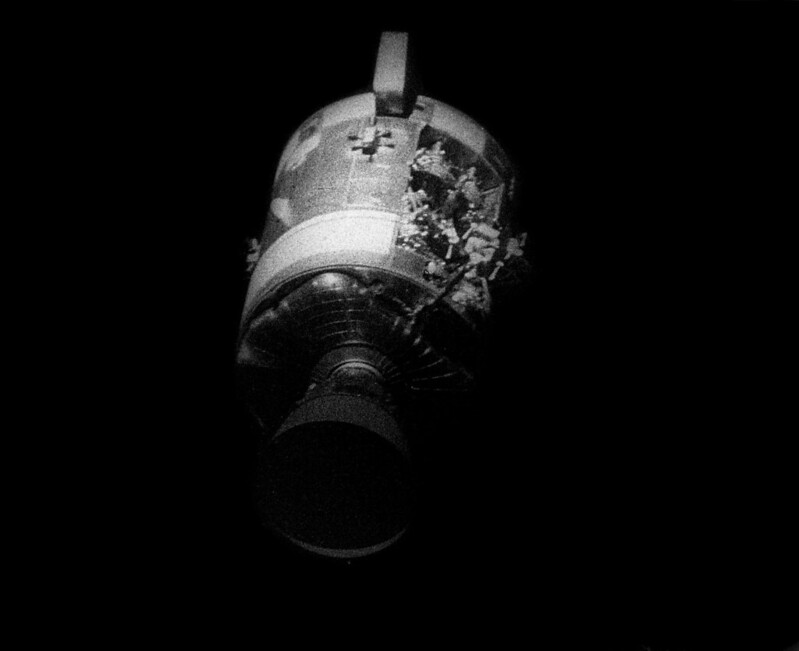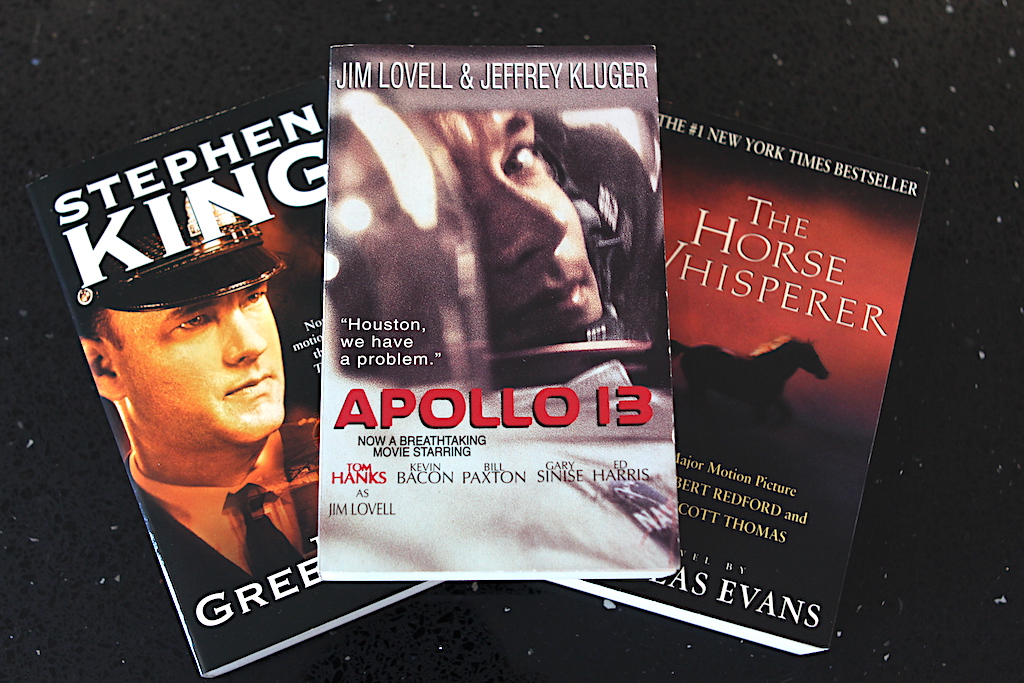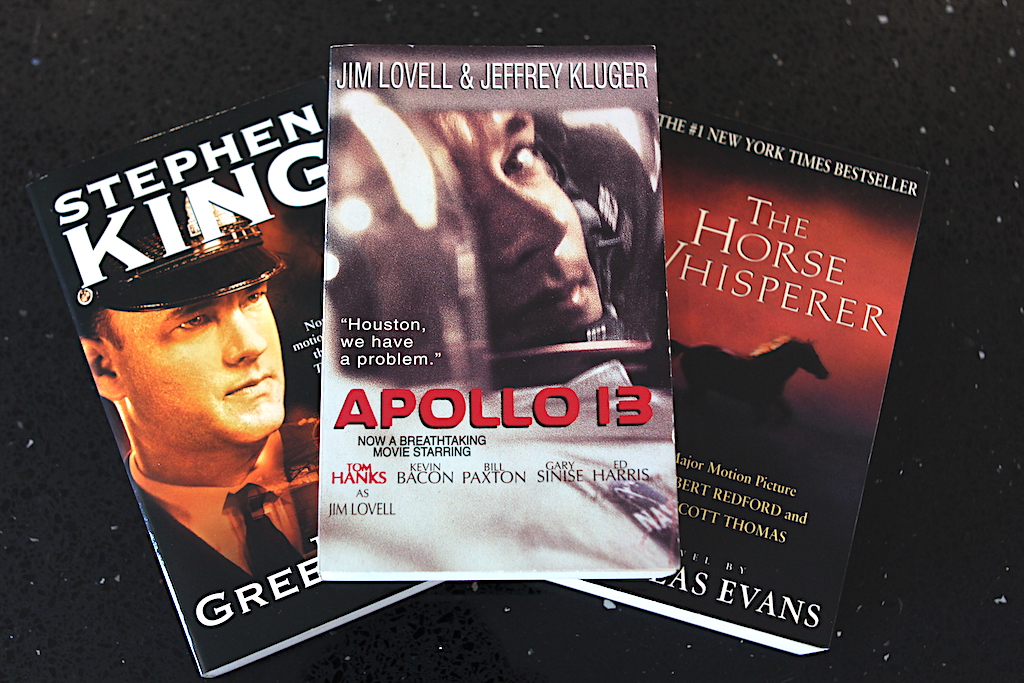The second COVID year is coming to an end for good. Sydney suffered through a second lockdown which lasted 15 draining weeks due to the highly virulent Delta variant. Without too many options to do while housebound, this lockdown at least provided me with a bit more time for reading. And my ‘Best Book of the Year Award’ for 2021 goes to Apollo 13, co-written by Jim Lovell and Jeffrey Kluger.
By ‘Best Book of the Year’, I don’t mean the best book published in 2021. Rather, it’s the best book I read in 2021. In fact, Apollo 13 was first published in 1994 under the original title, Lost Moon: The Perilous Voyage of Apollo 13, and the ‘perilous voyage’ described in the book took place way back in April 1970.
The renamed edition I read was the movie tie-in published in 1995, with an image of actor Tom Hanks as Apollo 13 commander Jim Lovell on the cover. I’m a big sucker for movie tie-ins AND a massive fan of based-on-a-true-story movies and books. To top it off, I’ve always been fascinated by the whole universe from a young age (where does outer space end? Or does it ever end?), so Apollo 13 proved to be an irresistible mix for me.
Then why did it take so long for me to finally read it this year? …Well, back in the 1990s, I had a penchant for building my own book collection and kept buying whatever books I fancied at a much faster pace than I was able to read them. In the end, I just had to stop buying books and, even now, my bookshelves are still jam-packed with over 100 titles I bought back then.

Incidentally, the 1990s was an era where vast improvements in computer-generated imagery (CGI) revolutionized cinematography. Jurassic Park (1993) by Steven Spielberg was the first to mix animatronic puppets with digital effects, while the Star Wars trilogy was digitally remastered and theatrically re-released as ‘Special Editions’ in 1997 – some two decades after the original releases.
Apollo 13 (1995) was one of those movies that benefited enormously from the ‘giant leap’ in CGI (pardon the Neil Armstrong pun!). Now, this film is not something you want to watch on a small TV screen in your lounge room. You must find yourself the biggest screen possible and see it in the darkness of the cinema, to feel the isolation, desperation and helplessness the Apollo 13 crew must have experienced in outer space.
As is customary, I saw the movie version first before buying the book it was based on, wanting to dig it even more – although it took me more than a quarter of a century to finally read it.
What I liked about this book was that, even though it was co-authored by Jim Lovell – the Apollo 13 commander himself, it is written in third person. I don’t have much patience for biographies written in first person point of view, so the third person narration was a big plus and the book read just like any suspense fiction – except that it is not fiction at all and is told straight from the horse’s mouth!

For those who don’t know what happened to Apollo 13, it was NASA’s third moon-landing mission and was launched from Kennedy Space Center in Florida on April 11, 1970. However, only 55 hours into its journey, on April 13, one of the oxygen tanks inside the service module exploded, and Apollo 13’s command module Odyssey quickly began to lose oxygen, water and electrical power. The crew were forced to abandon Odyssey and move into the lunar landing module Aquarius for the remainder of the voyage. With their moon-landing mission now aborted, teams of experts at NASA’s Mission Control in Houston, Texas, had to figure out how to return the Apollo 13 crew safely back to Earth. This Apollo 13 saga later came to be known as ‘NASA’s successful failure’.
In the movie, Tom Hanks, Kevin Bacon and Bill Paxton play, respectively, commander Jim Lovell, command module pilot Jack Swigert, and lunar module pilot Fred Haise. (By the way, I reckon the casting of Ed Harris as Gene Kranz, NASA’s lead flight director, was spot on!)

As English is not my mother tongue, a book really needs to be interesting for me to keep reading – otherwise I would quickly lose patience and/or fall asleep after a couple of pages. But Apollo 13 turned out to be one of those page-turners you simply cannot put down until the wee hours of the morning. Armed with all the records and archives from NASA, Lovell and Kluger take us through Apollo 13’s fateful voyage in minute detail – including what caused the explosion of the oxygen tank. It is amazing how the real-life crew stayed calm while their own lives were at stake. Had I been aboard Apollo 13, I would have died of a panic attack, for sure!
P.S. – My Best Book of the Year 2021 runner-up is awarded to The Green Mile by Stephen King – another movie tie-in featuring Tom Hanks on the cover, by pure coincidence!

